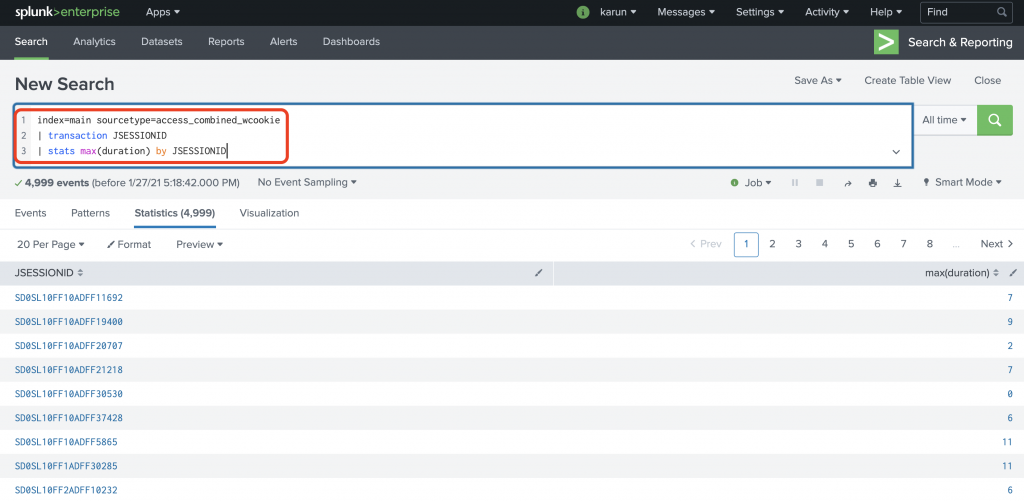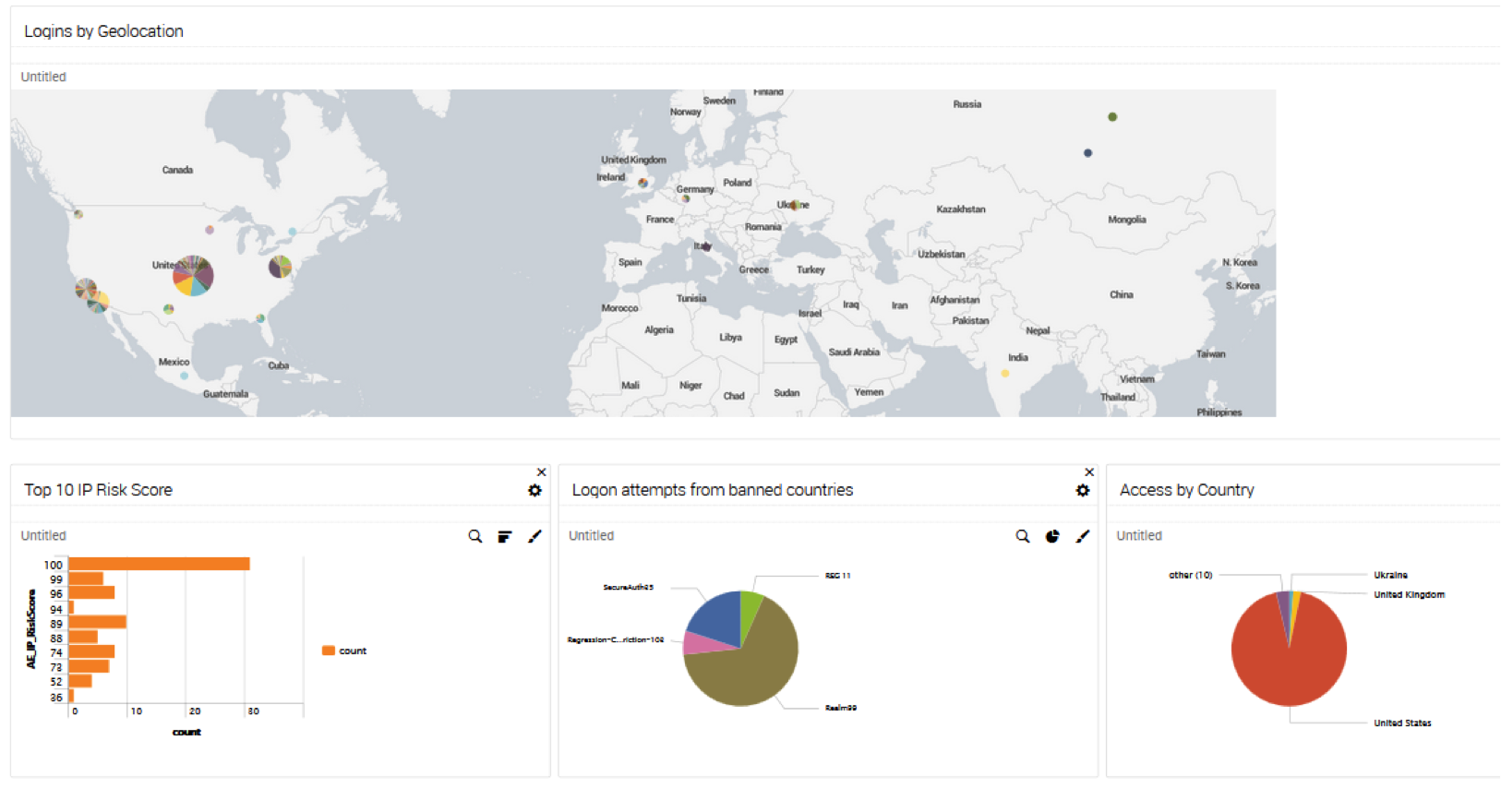
| eval name = json_object ("name", "maria") 2. Create a basic JSON object The following example creates a basic JSON object.

Example: Extracted Field= However, I don't know all the possible outcomes, so I would like to list out all the values. I'm looking to list all events of an extracted field one time. This seems to work when trying to find unique values for a field, like 'host': * | chart count by host. How can I do that? Labels dashboard other 0 Karma Reply 1 Solution Solution ITWhisperer SplunkTrust an hour ago Try something like this 02-15-2016 04:16 PM.
Splunk logs query software#

Splunk logs query how to#
I don't really know how to do any of these (I'm pretty new to Splunk). Show only the results where count is greater than, say, 10. 0 Karma.There are 3 ways I could go about this: 1. The users will see the data appearing as '_raw' when they view this. The other option would be to create a new 'datasets' definition with something like index=yourindex | table _time, _raw and save it with a meaningful report. Here's my example: index=index_a ip=10.0.0.1 | lookup ip_lookup_table ipaddr as ip outputnew confidence as c source as s severity as sev _time as l_time | table ip, c, s, sev, l_time.However, user can choose between Raw, List and Table when they search. I want to return just 1 match, depending on a criteria, for example the highest number or such. However, the lookup returns more than 1 result for each match. For information about using string and numeric fields in functions, and nesting functions, see Overview of SPL2 evaluation functions. The following list contains the functions that you can use to compare values or specify conditional statements. If you use neither head nor tail, then you will get all events (subject to memory and some other limitations). When events are found they are processed one at a time, so there is no real concept of relative lines/events. 1 Even though Splunk once called itself "grep for the datacenter", it's not an implementation of grep.basically I import the list of open changes from the change control system, I then run a search (it will be a macro once it works) that checks if the specified server is currently in a change window,if it is it returns. I am trying to return change data for our servers. Otherwise commands as stats or dedup don't consider in the search the events with a missing field.How to return field values from an eval/if statement. putting a fixed value for the missing fields (e.g.

Anyway, you have to manage the absence of a field at search level, e.g. Hi if you share your search I could be more prefice. SAN FRANCISCO, Aug- ( BUSINESS WIRE )- Splunk Inc. (NASDAQ: SPLK), the cybersecurity and observability leader, today announced that Splunk Cloud Platform received StateRAMP. 4:05pm EDT SAN FRANCISCO - (BUSINESS WIRE)- Splunk Inc.Columns are displayed in the same order that fields are specified. The table command returns a table that is formed by only the fields that you specify in the arguments. A sub search looks for a single piece of information that is then added as a criteria, to the main search. “Sub search” in Splunk – A sub search is a search within a primary search. Return Command in Splunk “Return” command basically returns the result from the sub search to your main search.


 0 kommentar(er)
0 kommentar(er)
